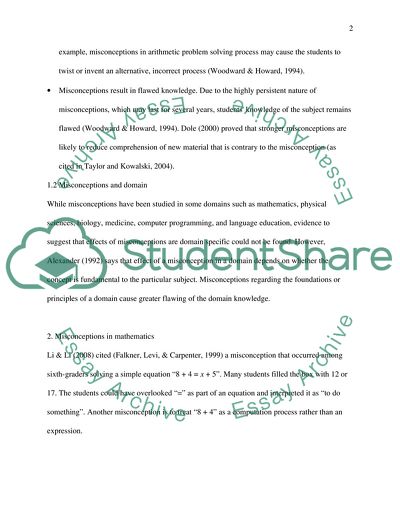Cite this document
(User Models and Models of Human Performance Coursework, n.d.)
User Models and Models of Human Performance Coursework. Retrieved from https://studentshare.org/mathematics/1720869-user-models-and-models-of-human-performance
User Models and Models of Human Performance Coursework. Retrieved from https://studentshare.org/mathematics/1720869-user-models-and-models-of-human-performance
(User Models and Models of Human Performance Coursework)
User Models and Models of Human Performance Coursework. https://studentshare.org/mathematics/1720869-user-models-and-models-of-human-performance.
User Models and Models of Human Performance Coursework. https://studentshare.org/mathematics/1720869-user-models-and-models-of-human-performance.
“User Models and Models of Human Performance Coursework”. https://studentshare.org/mathematics/1720869-user-models-and-models-of-human-performance.


